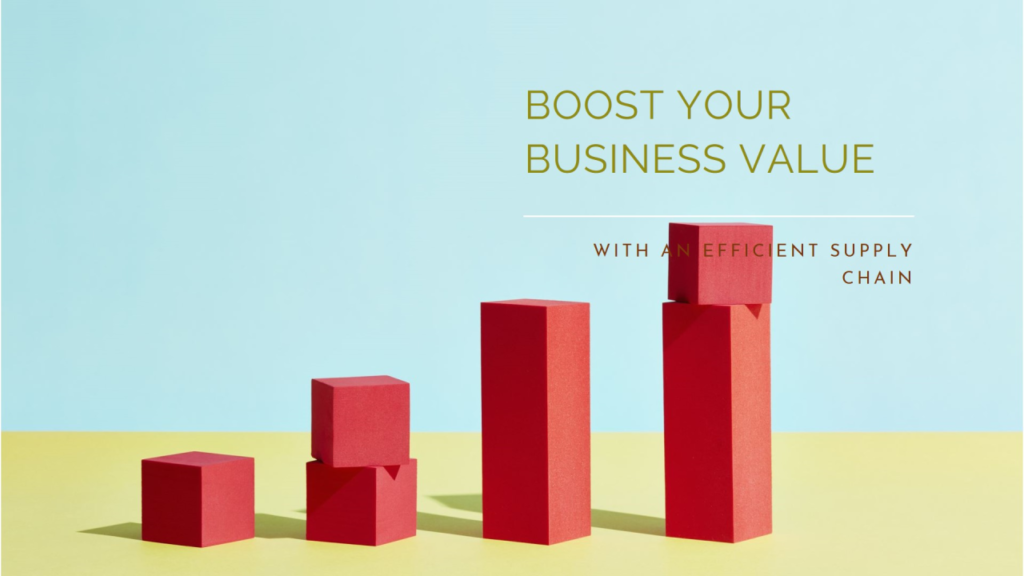In today’s dynamic business landscape, efficient supply chain management (SCM) is critical for creating value and maintaining a competitive edge. A supply chain is a network of organizations, people, activities, information, and resources involved in delivering a product or service to a customer. The ultimate goal? Delivering maximum value at the lowest possible cost.
To achieve this, businesses must optimize two key components:
- Nodes: Physical locations like warehouses, manufacturing facilities, and distribution centers.
- Links: The transportation and communication channels connecting these nodes.
By leveraging proven approaches and frameworks, businesses can enhance their supply chain’s performance and resilience. Here’s how:
Three Approaches to Process Improvement
- Lean: Reducing Waste The Lean approach focuses on eliminating waste to improve efficiency. It categorizes waste into eight types, summarized by the acronym TIM WOODS:
- Example: The Toyota Production System exemplifies Lean principles by using techniques like asking “Why?” five times to identify root causes of waste.
- Six Sigma: Reducing Variability Six Sigma aims to minimize variation in processes, leading to higher quality and reliability. Its methodology involves five steps, known as DMAIC: Define, Measure, Analyze, Improve, and Control. Origin: The term comes from the Greek letter sigma (σ), used in statistics to represent standard deviation.
- Theory of Constraints (TOC): Relieving Bottlenecks TOC is built on the principle that “a chain is only as strong as its weakest link.” After identifying a constraint, businesses have two options:
- Example: A manufacturer with limited machine capacity could invest in additional machinery or optimize its scheduling to increase output.
Optimizing Supply Chain Networks
Supply chain visibility and collaboration are essential for efficiency. Key tools include:
- Value Stream Mapping (VSM): Visualizing processes to identify inefficiencies.
- Supply Chain Control Towers: Central hubs that aggregate real-time data from supply chain systems for better decision-making.
Inventory Management Techniques
Managing inventory is a balancing act between cost and service levels. Strategies include:
- Postponement/Delayed Differentiation: Delaying product customization to reduce inventory risk. Example: A clothing manufacturer dyes sweaters only after sales trends reveal the most popular colors.
- ABC Analysis: Prioritizing high-value products while phasing out less profitable ones to streamline operations.
- Vendor-Managed Inventory (VMI): Allowing suppliers to manage inventory levels, fostering transparency and trust.
Controlling Risks and Mitigating Disruptions
Risk is inherent in every supply chain, and its management follows these steps:
- Identify risks.
- Classify risks.
- Score risks.
- Manage risks by choosing to accept, transfer, avoid, or mitigate them.
Example: During the COVID-19 pandemic, ports in Los Angeles and Long Beach experienced backlogs due to chassis shortages, demand fluctuations, and shipping container imbalances. The bullwhip effect, where minor fluctuations in demand cause significant disruptions upstream, exacerbated the situation.
To counter such risks, Gartner recommends strategies like multisourcing, nearshoring, and ecosystem partnerships with flexible suppliers.
Sustainability and the Circular Economy
Modern supply chains must prioritize sustainability to align with Environmental, Social, and Governance (ESG) goals. This includes reducing greenhouse gas (GHG) emissions across three scopes:
- Scope 1: Internal emissions.
- Scope 2: Emissions from purchased energy.
- Scope 3: Emissions from the broader supply chain.
Businesses can shift toward circular supply chains by implementing these steps:
- Reuse.
- Repair or refurbish.
- Remanufacture.
- Recycle.
Example: Companies that adopt closed-loop processes not only reduce environmental impact but also save costs—a win-win for profitability and sustainability.
The Way Forward
Supply chain management is a blend of art and science, requiring meticulous planning, continuous improvement, and a commitment to sustainability. By leveraging frameworks like Lean, Six Sigma, and TOC, businesses can optimize processes, reduce costs, and enhance resilience.
In a volatile, uncertain, complex, and ambiguous (VUCA) world, these principles are more vital than ever. By starting with “low-hanging fruit” and fostering cross-functional collaboration, companies can transform supply chain challenges into opportunities for growth and innovation.
Embrace the journey. A well-managed supply chain doesn’t just support your business—it drives its value.

